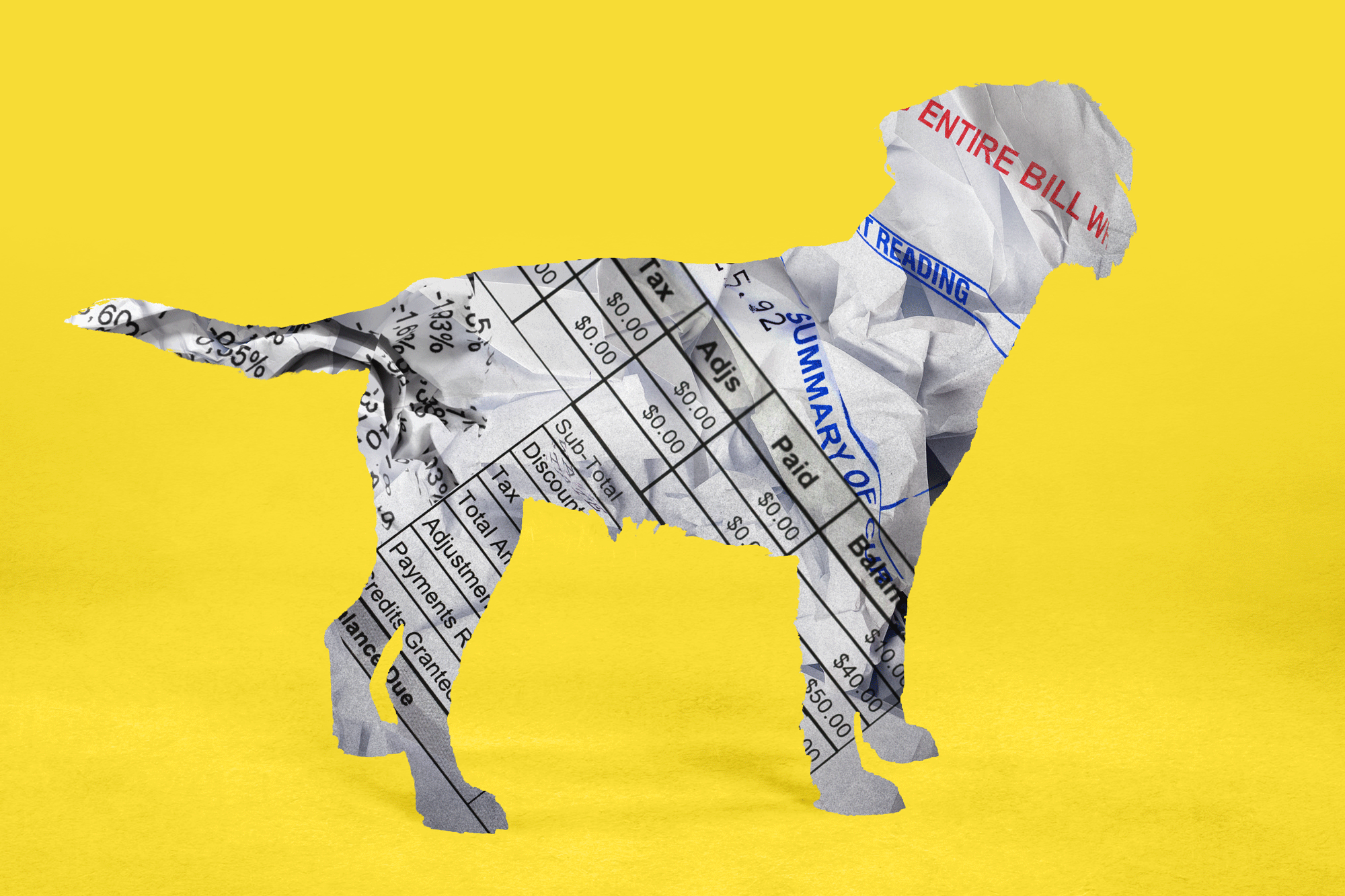Column: When a hospital sling costs 900% more than Amazonâs price, something is very wrong

Cathy Birker-Hake tripped over a hose in her Valley Village backyard not long ago, dislocated her shoulder and made a beeline for the emergency room.
âIt was one of those really stupid accidents,â she told me, still embarrassed to have needed urgent medical care for such a trivial mishap.
Birker-Hake, 63, said her shoulder was put back in place at Providence St. Joseph Medical Center in Burbank and she was given a sling to keep her arm immobile while it healed.
The hospital charged $6,223 for two ER visits. Birker-Hake said her insurer, Oscar Health, paid nearly $4,400 of that amount.
Then, a few weeks ago, a bill arrived from a Carlsbad company called Breg, which describes itself as âthe second-largest U.S. provider of orthopedic bracing.â (The largest appears to be DJO Global, formerly of Carlsbad, now based in Texas.)
Birker-Hake may have settled accounts with Providence, but Breg wanted an additional $200 for the cloth sling sheâd been given â or as the bill more grandly named it, the DLX Shoulder Immobilizer L.
Her experience is yet another example of in-your-face medical pricing that often reflects not what things really cost but what healthcare businesses think they can get away with.
From hospital stays and prescription drugs to medical equipment and related supplies, Americans spend about $3.5 trillion annually on healthcare.
The average American faces more than $10,000 a year in medical costs, according to the Organization for Economic Development and Cooperation. Out-of-pocket costs are often lower because of insurance.
Per-person healthcare spending in this country is about twice the average amount for all comparable countries, the organization found. France, Canada, Japan, Britain, Australia â their citizens pay less than half of what we pay.
Iâm not laying this disparity at the feet of a single maker of orthopedic gear. But what Birker-Hake is going through helps underline how goofy our system is.
Multiply her $200 sling by all those stories of $50 Tylenols and $3,000 MRIs, and you quickly understand how our healthcare spending obscenely surpasses that of other developed countries that long ago decided gouging the sick is not an acceptable business practice â and took regulatory steps to prevent it.
âIn general, we pay higher prices for everything â drugs, supplies, hospital services, physician services,â said Lawrence Casalino, a professor of healthcare policy and research at Weill Cornell Medical College.
He told me the higher prices âoften result from market powerâ â that is, a lack of competition and transparency â and âthe ability to surprise bill.â
Surprise billing is exactly what it sounds like: Hitting patients with unexpected charges after treatment has been administered.
Most other businesses disclose their prices up front, which is only fair and is crucial to a competitive market. Healthcare is one of the few industries that tells you what things cost after the fact, when you have little recourse but to pay.
Birker-Hake was surprised, to say the least, that the sling sheâd been given at the hospital would carry a $200 price tag â especially after sheâd already coughed up about $1,800 of her own money to add to the $4,400 paid by her insurer.
And that doesnât include the nearly $1,500 she pays in annual insurance premiums.
Birker-Hake showed me some pictures of the Breg sling. Itâs not a particularly complicated contraption.
Your arm rests against your body in a horizontal pouch. One strap goes over your shoulder. Another strap goes around your waist.
The DLX Shoulder Immobilizer L is presumably the large-size Deluxe Shoulder Immobilizer, which Bregâs website says âis made from soft, breathable cotton material. It can be used for left or right applications. Plush, full-foam straps provide added patient comfort.â
Birker-Hake pointed me toward several similar if not identical slings on Amazon. They range in price from $12.99 to $16.99.
The Breg version is nice-looking, as slings go. Iâm not sure if those plush, full-foam straps justify a roughly 900% markup over similar products.
Birker-Hake complained to her insurance company, which looked into the matter. In a letter dated Aug. 15, the insurer admitted that the Breg charge âqualifies as a surprise bill.â
As such, Oscar Health agreed to cover $5.86 of the $200 cost.
âSix bucks?â Birker-Hake told me. âI mean, really?â
Now sheâs wondering what to do. âItâs a piece of fabric with a shoulder strap and a belt,â she said. âTwo hundred dollars seems pretty unreasonable.â
Hillary Schuler-Jones, a Breg spokeswoman, declined to answer questions about the price of the Deluxe Shoulder Immobilizer.
âIt is important to note,â she said, âthat Bregâs customer is not the patient, but the healthcare provider.â In most cases, âwe donât sell our products directly to patients, and we therefore donât have a patient price list.â
Hospitals or clinics can buy Bregâs products at a discount and then apply whatever markup they please. Or, as in Birker-Hakeâs case, they dispense the product on Bregâs behalf and Breg follows up with its own bill.
The company is aware that its gear can be a lot more expensive than similar goods online. It has a web page devoted to the topic.
Basically, what the page says is that receiving a sling directly from a doctor or hospital takes all the guesswork out of the equation, so that counts for something.
âThis immediate availability of product is a benefit that is not offered by purchasing the item online and then waiting to receive it,â it says.
Does that justify a 900% higher price? Bregâs position is that you get what you pay for.
But you donât. The healthcare market isnât like other markets. Its customers generally have no choice when seeking goods or services â they need immediate attention.
Moreover, most people probably would decline a sling from a doctor if they knew up front that it cost $200 extra and they could get something almost identical for a fraction of the cost, including whatever charge may be required for expedited delivery.
My advice to Birker-Hake is that she pay the bill. She doesnât want to add insult to injury by having debt collectors come after her.
But this is yet another illustration of a healthcare system thatâs focused more on profit than on patients.
Why do we spend so much more than other countries on healthcare? Itâs not because of a single company.
Itâs all of them â and a government that, unlike the governments of other developed countries, refuses to do anything about the problem.
More to Read
Inside the business of entertainment
The Wide Shot brings you news, analysis and insights on everything from streaming wars to production â and what it all means for the future.
You may occasionally receive promotional content from the Los Angeles Times.











